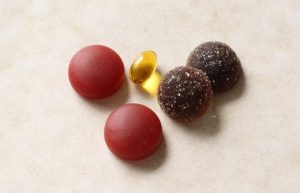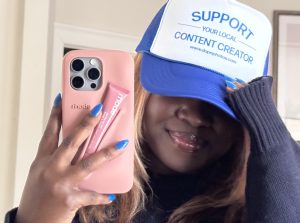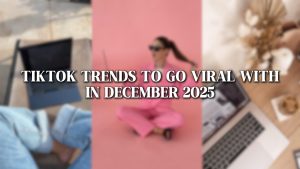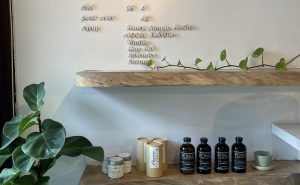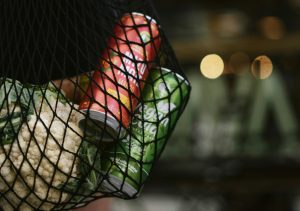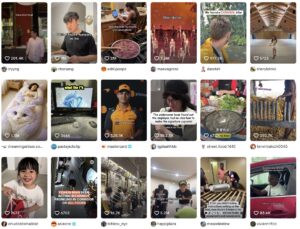In 2025, beauty ingredient marketing has become more than just a trend — it’s a transformation in how beauty brands connect with their audience. Consumers no longer buy into vague promises of “radiance” or “youth.” They want to know what’s inside their skincare and why it works. That shift has made ingredients like adaptogens, peptides, and superfoods the real heroes of modern beauty storytelling.
For DTC beauty brands, ingredient-led storytelling is now the bridge between science, wellness, and performance. Whether it’s highlighting the stress-relief power of adaptogens, the skin-repairing science of peptides, or the nutritional boost of superfoods, the brands winning in 2025 are those that turn their formulations into full-funnel marketing assets.
This blog explores how these powerhouse ingredients are shaping consumer expectations — and how beauty brands can harness them to build trust, drive engagement, and boost performance through smarter, more transparent marketing.
The Power of Beauty Ingredient Marketing in 2025
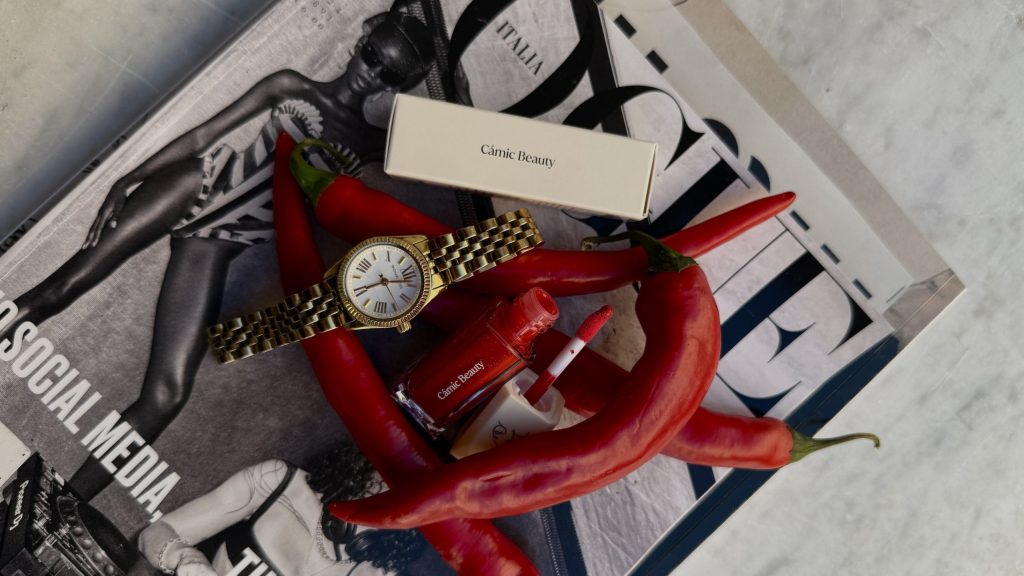
The Rise of Ingredient-Led Storytelling
Ingredient-led storytelling is revolutionising beauty marketing. Consumers are increasingly interested in the science behind skincare, driving demand for transparency. Effective marketing highlights the proven benefits of beauty ingredients, fostering brand trust and attracting new customers in the beauty industry.
Key Trend Drivers: Adaptogens, Peptides, and Superfoods
Adaptogens, peptides, and superfoods are transforming beauty marketing. These ingredients address specific skincare needs, appealing to a health-conscious target audience. Beauty brands leverage these ingredients to create compelling narratives that resonate with potential customers and enhance their brand identity, thus improving overall marketing efforts.
Understanding Consumer Behaviour in the Beauty Industry
Understanding consumer behaviour is crucial for beauty ingredient marketing. Consumers now research ingredients, seeking products that align with their values. Marketing strategies should prioritise education and transparency, building trust and attracting loyal customers. This insight helps beauty businesses tailor their marketing efforts effectively.
Beauty Ingredient Marketing: Why Ingredients Are the New Brand Story

The Shift Toward Transparency and Science
The beauty industry is witnessing a shift toward transparency and scientific validation. Consumers demand clear information about product ingredients and their benefits. Beauty ingredient marketing efforts must provide evidence-based claims to build trust and attract customers seeking informed choices when buying beauty products.
Clean Beauty and Ingredient Literacy
The clean beauty movement is driving ingredient literacy among consumers. People want skincare products free from harmful chemicals. Effective marketing highlights natural, safe ingredients, helping brands stand out in a competitive market. This trend is reshaping beauty ingredient marketing strategies and impacting cosmetic brand development.
How Brands Can Build Trust Through Ingredients
Beauty brands can build trust through ingredients by transparently communicating their sourcing and benefits. Showcasing clinical studies and user-generated content enhances credibility. This approach resonates with consumers seeking authentic and reliable skincare, which can significantly improve conversion rates within the beauty business.
Adaptogens in Skincare: The Stress-Relief Revolution
Defining Adaptogens and Their Benefits
Adaptogens are natural compounds that help the body — and skin — adapt to stress. They strengthen the skin barrier, reduce inflammation, and promote balance. In 2025, they’re driving the next wave of holistic skincare, where beauty and wellness intersect.
Popular Adaptogenic Ingredients in Beauty Products
Popular adaptogenic ingredients include ashwagandha, reishi, and ginseng, commonly found in skincare products. These ingredients offer anti-inflammatory and antioxidant benefits. Effective marketing highlights these benefits, attracting consumers interested in natural and functional skincare, thus boosting overall brand awareness.
Beauty Ingredient Marketing – Adaptogens: From Stress Relief to Emotional Connection
For DTC brands, adaptogens present a unique storytelling opportunity. Campaigns can lean into emotional wellness messaging — connecting calm skin with a calm mind. Think “stress recovery for your skin” or “your daily dose of balance.”
This crossover between beauty and wellness allows brands to speak to the emotional benefit behind the science, not just the ingredient itself. Integrating this into content, influencer partnerships, and UGC reinforces brand authenticity while tapping into the self-care narrative dominating 2025.
Peptides in Beauty: The Science of Skin Performance
Understanding Peptides and Their Role in Skincare
Peptides are short chains of amino acids that trigger collagen and elastin production — the essential building blocks of healthy, youthful skin. Their benefits are measurable, visible, and backed by science, making them a favourite among performance-driven consumers.
Functional Skincare: The Promise of Peptides
Peptides are crucial for functional skincare, offering targeted solutions for anti-ageing and skin repair. The “performance beauty” trend emphasises products that deliver visible results. Effective beauty marketing showcases how peptides can address specific skincare concerns, attracting consumers who seek solutions for their skin issues with the help of a beauty brand, leading to loyal customers.
Beauty Ingredient Marketing – Peptides: Proof, Precision, and Performance
Peptides should be positioned as the “science of results.” For DTC brands, this means shifting messaging from aspirational to evidence-based. Highlight before-and-after content, clinical proof, and transparent formulation breakdowns.
Luxury brands often lead with “lab innovation,” while DTC brands win by simplifying the science — using digestible language that empowers the consumer. Pairing data-driven claims with creative storytelling builds brand trust, credibility, and long-term loyalty.
Superfoods for Skin: Nutrition Meets Beauty
The Wellness-Beauty Crossover
Superfoods represent the growing connection between what we eat and how we look. Ingredients like matcha, spirulina, and acai are rich in antioxidants and vitamins, offering both topical and internal benefits — the essence of “beauty from within.”
Popular Superfood Ingredients in Skincare
Popular superfood ingredients include matcha, spirulina, acai, and kale, all rich in antioxidants and vitamins. These ingredients protect the skin from environmental damage and promote a healthy complexion. Beauty ingredient marketing campaigns highlight these benefits, attracting consumers interested in natural and nutritious beauty and wellness solutions and creating potential customers.
Marketing Superfoods: Trend Culture and Gen Z Engagement
Superfood-driven skincare thrives on community and content. For younger consumers, especially Gen Z, brand discovery happens on social platforms like TikTok and Instagram, where ingredient aesthetics (colour, texture, ritual) drive shareability.
Marketing superfoods successfully means embracing lifestyle positioning — smoothie-inspired visuals, routine-based challenges, and influencer-led demos that merge beauty and wellness culture. Brands can strengthen social traction by turning their ingredient stories into participatory trends that users want to recreate, share, and review.
Marketing Ingredient-Led Beauty Brands
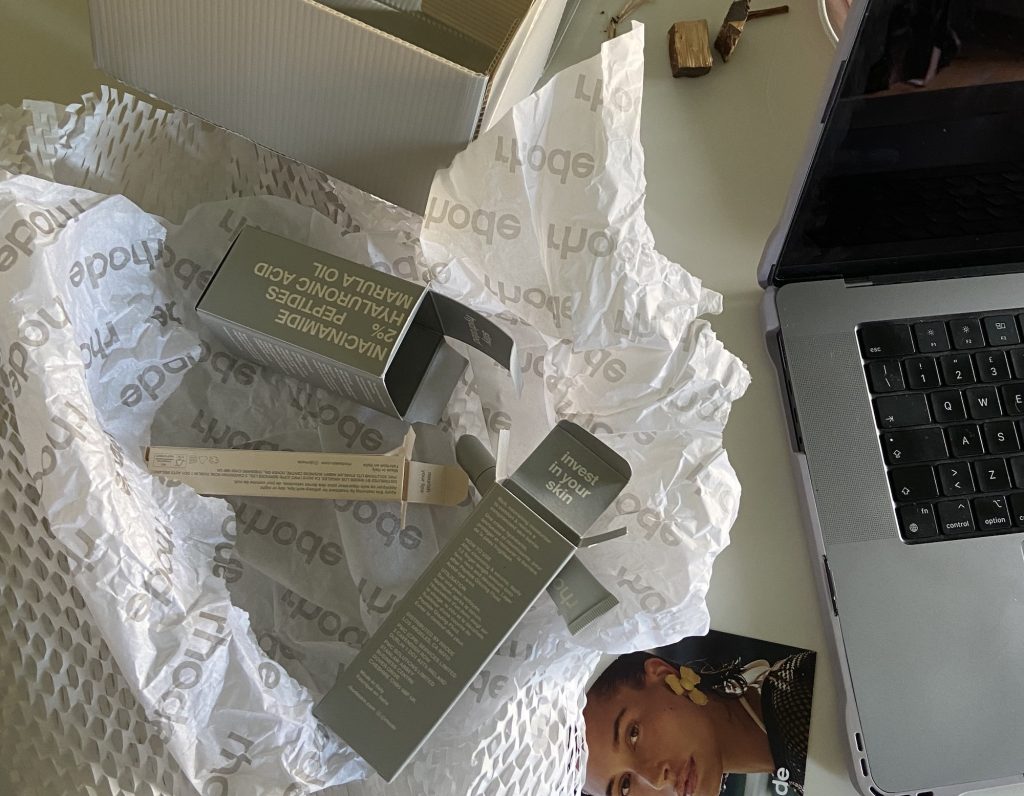
Effective Storytelling and Education Strategies
Effective storytelling and education are crucial for marketing ingredient-led brands in the beauty industry. Share the science behind your ingredients in an accessible way and demonstrate how they benefit the skin. This content marketing approach builds trust and positions your brand as an authority. These strategies can set a beauty business apart.
The Role of Influencer Collaborations in Marketing
Influencer collaborations can significantly boost your beauty ingredient marketing efforts. Beauty influencers can demonstrate beauty product benefits and educate their followers about key ingredients. Choose influencers whose values align with your beauty brand to ensure authenticity, improving the overall brand awareness. This approach can drive conversion rates through influencer marketing.
Utilising Data-Driven Messaging in Campaigns
Using data-driven messaging in your marketing campaign can help you tailor your communications. Analyse customer data to understand preferences and tailor your messaging accordingly. Personalised content will resonate better with your target audience, leading to higher engagement and conversion rates, with the help of effective marketing. Analysing analytics is a marketing tool.
Favoured Case Study: Driving Growth for DTC Beauty Brands
Highlighting Successful Clients and Campaigns
Many DTC beauty brands have seen substantial growth by focusing on ingredients in their marketing efforts. A beauty marketing agency that understands this shift can highlight successful client campaigns. By creating video content and user-generated content that focuses on ingredient benefits, beauty companies create effective marketing, boost brand awareness and attract new customers.
At Favoured, we’ve seen firsthand how ingredient-led storytelling can transform a brand’s performance — particularly in the wellness and beauty space.
Harrogate Organics, one of our long-standing partners, exemplifies this perfectly. Their magnesium-based sleep spray became a top performer after we repositioned the product around its functional benefits — promoting relaxation, improved rest, and recovery rather than just comfort. Through paid social campaigns and email automation, we educated audiences on the science of magnesium, pairing ingredient authority with calming lifestyle visuals. The result was a stronger emotional connection with consumers and measurable improvements in engagement and repeat purchase behaviour.
We applied a similar strategic approach to other wellness clients, focusing on ingredient transparency and storytelling that converts. Whether it’s the adaptogenic calm of herbal blends or the performance benefits of nutrient formulations, Favoured’s campaigns always balance creativity with conversion-driven strategy — turning what’s inside the product into what drives results.
Ingredient Storytelling and Brand Trust
Ingredient storytelling is key to building trust between a brand and its target audience. Sharing the sourcing and science behind ingredients helps potential customers feel more informed and connected to the beauty product. Marketing efforts showcasing transparency resonate well with consumers, enhancing brand identity in the competitive beauty industry. This storytelling approach can boost brand awareness.
Performance Metrics and Campaign Outcomes
Analysing performance metrics from marketing campaigns is vital for understanding campaign outcomes. A marketing agency can track key performance indicators such as conversion rates and engagement to see if marketing efforts are paying off. Strategies informed by analytics allow for continuous improvement and optimisation, thus ensuring the brand reaches its target audience effectively.
Future Beauty Trends: Science Meets Nature

Emerging Trends in Biotech Beauty
Biotech beauty is an emerging trend blending science and nature in cosmetics. Beauty companies are exploring innovative ingredients developed through biotechnology. Effective marketing highlights these advancements, appealing to consumers interested in cutting-edge beauty products and helping beauty businesses create loyal customers. Digital marketing is crucial for promoting such advancements and attracting new customers.
Fermented Ingredients and Their Potential
Fermented ingredients are gaining traction for their potential skin benefits. Fermentation can enhance the bioavailability of nutrients and create beneficial compounds, so beauty companies are incorporating fermented ingredients into skincare. Marketing campaigns highlighting these benefits can attract a target audience seeking advanced skincare solutions. This helps the beauty brand establish a unique selling point.
The Role of AI in Personalised Skincare
AI is playing an increasing role in personalised skincare recommendations. AI algorithms analyse individual skin data to suggest tailored beauty product regimens. Marketing strategies involving AI-driven customisation can enhance customer satisfaction and loyalty. By offering bespoke experiences, brands can stand out in the beauty industry and improve conversion rates, enhancing brand identity.
Conclusion : The Importance of Beauty Ingredient Marketing
In 2025, beauty brands aren’t just selling skincare — they’re selling science, transparency, and trust. The rise of beauty ingredient marketing marks a turning point in how consumers connect with products. Adaptogens speak to balance and emotional wellness, peptides deliver proof and performance, and superfoods connect beauty with daily rituals of self-care.
But ingredient awareness alone isn’t enough. The beauty brands that win are the ones that turn ingredients into narratives — stories that educate, inspire, and convert. From paid campaigns that highlight functional benefits to influencer collaborations rooted in authenticity, every touchpoint needs to show why it works and why it matters.
At Favoured, we help DTC beauty brands do exactly that. Our campaigns combine strategic storytelling, creative execution, and data-led insight to turn ingredient curiosity into loyal customers. Whether you’re launching a new line or scaling your hero product, we’ll help you build performance-focused campaigns that turn your ingredients into your greatest marketing asset.
👉 Ready to elevate your beauty brand through smarter ingredient storytelling?
Let’s make your next campaign your most powerful yet. Get in touch with Favoured.


